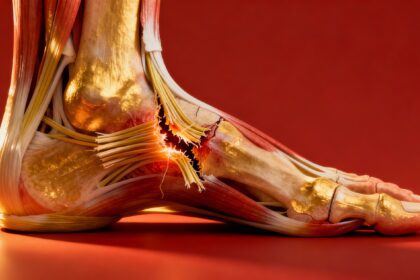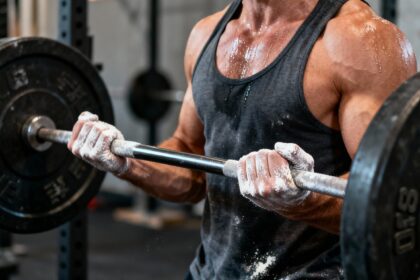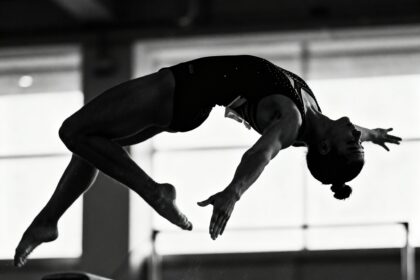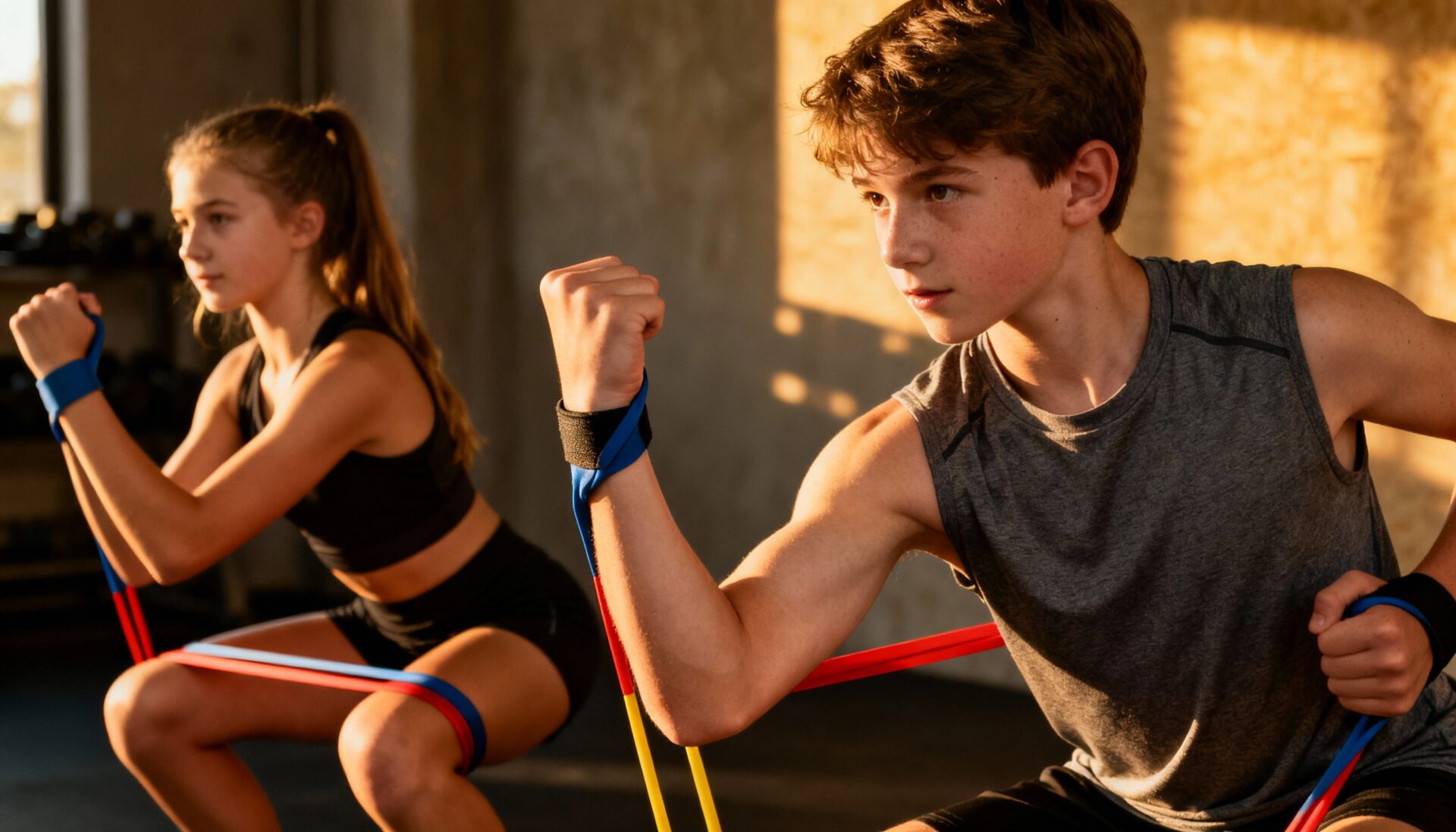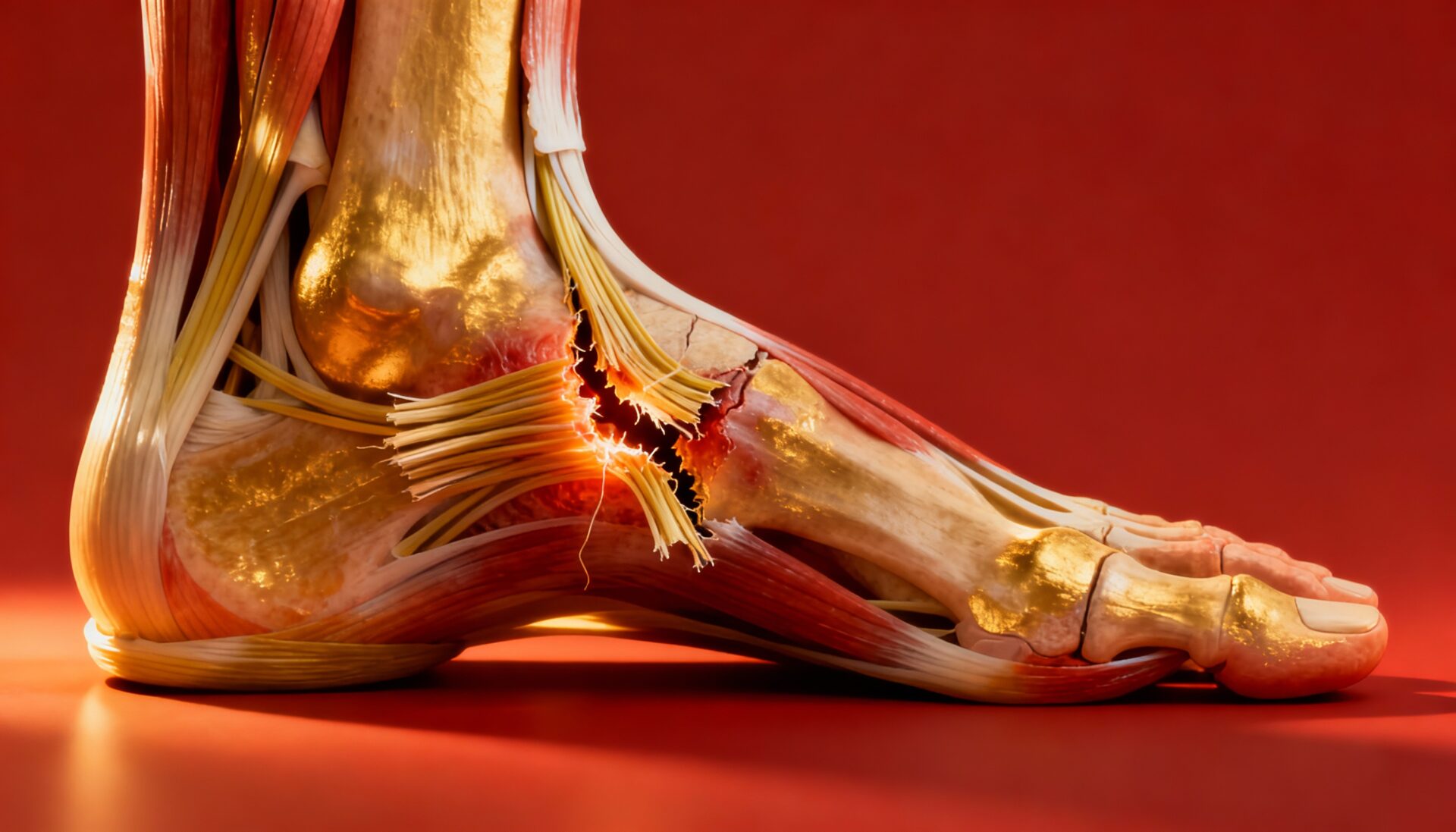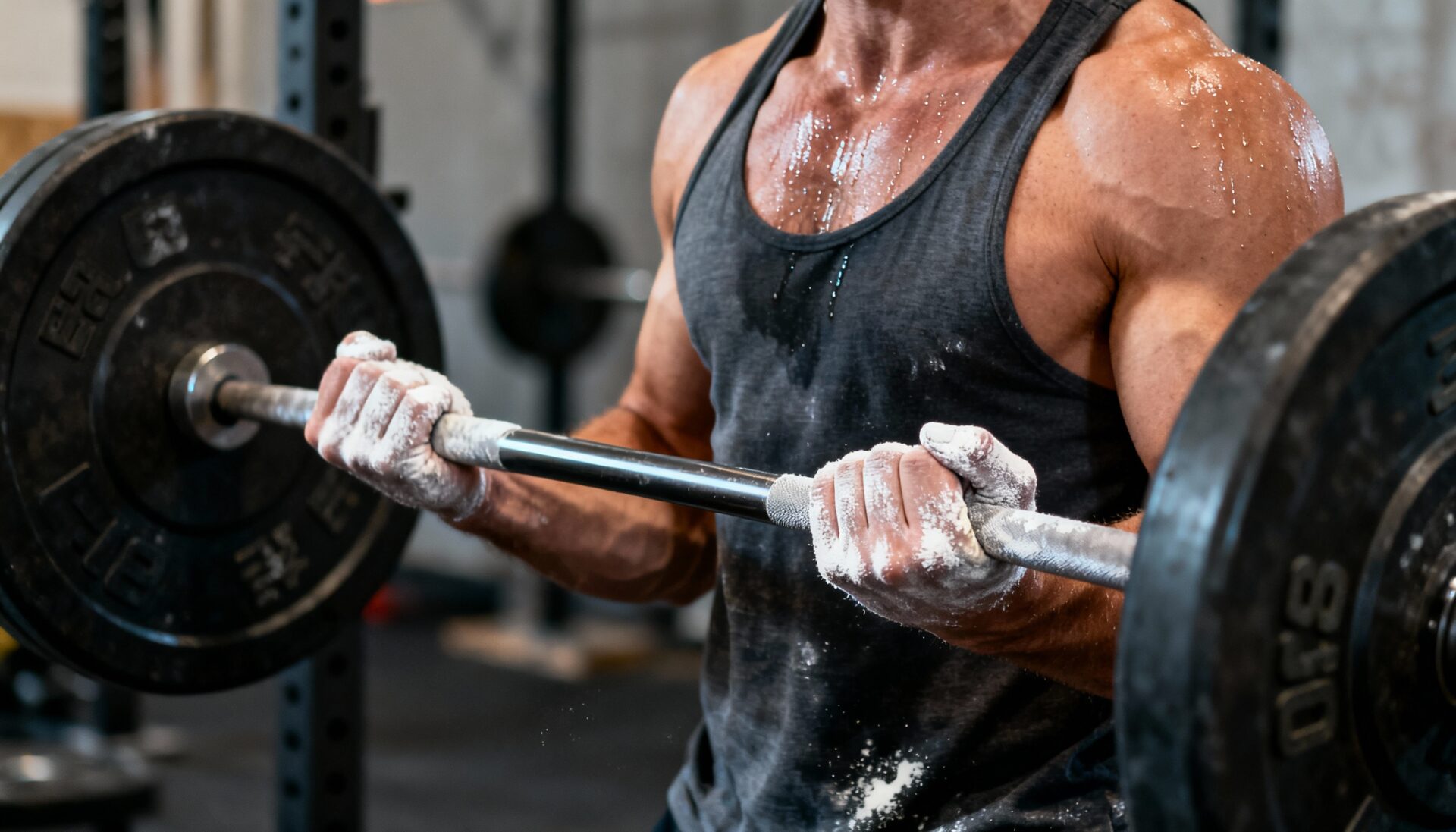For strength and overall sports performance training, it is important for strength and conditioning coaches to be able to manage and plan the obstacles their athletes will face. There are many variables that have a role in overall health and readiness to play. But there are certain planning protocols that can help manage stress and have the athletes at peak readiness. In the strength and conditioning profession, this process of planning and managing stressors is called periodization. A 2021 article defined periodization as a logical, sequential, phasic method of manipulating fitness and recovery phases to increase the potential for achieving specific performance goals while decreasing the risk of injury and overtraining. This is achieved by altering training volumes, intensities, and frequencies on a set schedule. There are different types of periodization approaches that coaches may use. Two of the more popular models are linear (traditional) periodization, and undulating periodization. There are several other configurations that are growing in popularity, such as conjugate training, block training, and reverse linear periodization. But the more commonly used methods are traditional and undulating. Each has associated advantages and disadvantages, and there is still speculation as to which method produces the best results.
Linear periodization is characterized by starting the training cycle with high volumes and low intensities. Then, there is a gradual increase in intensity and decrease in volume as the training period progresses. A 2015 study stated that undulating periodization is characterized by more of a daily, weekly, or biweekly fluctuation of volumes and intensities while using repetition maximum percentages to prescribe workloads. When deciding which method is better suited for your team or athlete, other variables must be considered. Training age and history are important variables. If an athlete is of a relatively young training age and does not have repetition maximums determined, it would be difficult to formulate an undulated program. The undulating program uses percentages of 1RMs as a base for the program design. In such a case, the linear method would be best suited. The initial high volumes and low intensities offer a chance for the athlete to build work capacity. They would also practice movements to make them more efficient as they progress to heavier loads and higher intensities. Undulating periodization would be best suited either for more advanced athletes or those with older training ages. Since their bodies are accustomed to the stresses imposed in the weight room, the fluctuations characteristic of undulating periodization could produce better results than a linear method.
When comparing the two common configurations, aspects such as strength, power, and force production are some of the most important variables in athletic performance. A 2018 article discussed a study that compared the effects each configuration had on muscle strength, EMG muscle activity, jump performance, and muscle formation. Researchers used athletes from different sports near the age of 24. They had them perform 6 weeks of loaded countermovement jumps on an assigned periodization method, either the linear or undulated method. The study lasted six weeks with a total of 18 intervention days and used loads to correspond to 0, 15, and 30 percent of each participants’ bodyweight. The study concluded that there were no significant differences between the two groups. When comparing countermovement vertical jumps, muscle activity, and muscle architecture, both methods appeared to be effective if used correctly. As with any training program, it is important that there be variations or there could be plateaus or diminishing returns. In this study the variations were the loads the subjects were jumping with during the periodized program.
There are other methods that may stray from the above two methods. Conjugate training is another useful method that some professionals may use because it is an excellent approach to develop overall strength and power. It addresses three main points: maximum effort, dynamic (speed) effort, and repetition training. However, this approach may be suitable for more advanced athletes due to the demands and prerequisites of significant strength. Conjugate training requires designing a plan based upon percentages of 1RMs. Another method that is used is a reverse linear method. As opposed to a traditional linear method, this method starts with high intensity and low volume and gradually decreases intensity while increasing volume.
Choosing the most appropriate method depends upon the demands of the sport and the population being trained. A 2003 study compared the linear method, the reverse linear method, and the undulated method on local muscle endurance This study showed that the reverse linear method produced better endurance results than either the undulated method or the traditional method. This could be a useful approach to consider for sports that may not require a high strength component. It could favor those participating in sports such as long track events, martial art events, or rowing. While these sports still require muscle strength, muscle endurance may be more desirable.
When designing a periodized plan, strength coaches should look at the whole training year and how they should organize their programs. For a college athlete, a whole year or season, could be an entire school year. This would be considered the macrocycle. A macrocycle can be anywhere from 6 months to a year (longer for athletes training for the Olympics). A mesocycle is a training cycle contained within a macrocycle that may last between 3-6 weeks. This cycle may have a specific goal, such as maximum strength, power, or endurance. A microcycle is on an even smaller scale and is designed on a weekly basis. A strength coach may break up the year into four seasons which will help determine how to train during their macrocycle. Traditionally the seasons consist of a postseason, offseason, preseason, and the competitive season. The post season involves low intensities and high volumes. It gradually transitions to higher intensities and lower volume. As they get closer to the competition season, the volume of actual sport practice increases. This schedule is subject to change depending upon the periodization method a coach chooses.
When looking at periodization on a week-to-week microcycle, the strength and conditioning professional must be able to account for the stress their athletes will face. They must calculate how long they will need to recover to be at peak readiness at game time. The general adaptation syndrome states there are three phases that typically occur after the stress of a workout. The first is the alarm phase where soreness in the body indicates the muscle fibers are trying to recover from the stress. The resistance phase occurs when your body has reached prestress levels, or perhaps, levels above prestress values. If soreness continues, the body continues to the exhaustion phase in which Delayed Onset Muscle Soreness (DOMS) is present and can lead to more fatigue and decreased overall performance.
A coach they must plan each week the amount of stress their athletes will face. Coaches must ensure the imposed stress of training is enough, but not too much. For instance, a soccer team may have a match on Friday, and they are scheduled to lift two times during the week. Monday would be their maximum effort day. This would give them 48-72 hours to recover before the second lift of the week on Wednesday or Thursday. The second workout would be more of a dynamic emphasis day. Here, power is the desired attribute being trained with lighter loads and more emphasis on speed to prepare them for the Friday match.
Again, undulating and linear periodization are just two of the more common training methods used by professionals. As the profession becomes more advanced there are sure to be more designs to come. The professional in charge must distinguish which design is best for his athletes. With some training variability, there is a high probability of some performance improvements. Being able to manage and plan training is one of the more difficult aspects of being a strength coach. While it often tends to get overlooked, with the right knowledge and preparation it is something that can lead to better performance with fewer injuries.
References
- Stone, Michael H.1; Hornsby, William G.2; Haff, G. Gregory3; Fry, Andrew C.4; Suarez, Dylan G.1; Liu, Junshi5; Gonzalez-Rave, Jose M.6; Pierce, Kyle C.7 Periodization and Block Periodization in Sports: Emphasis on Strength-Power Training—A Provocative and Challenging Narrative, Journal of Strength and Conditioning Research: August 2021 – Volume 35 – Issue 8 – p 2351-2371 doi: 10.1519/JSC.0000000000004050
- Harries, Simon K.1,2; Lubans, David R.2,3; Callister, Robin1,2 Systematic Review and Meta-analysis of Linear and Undulating Periodized Resistance Training Programs on Muscular Strength, Journal of Strength and Conditioning Research: April 2015 – Volume 29 – Issue 4 – p 1113-1125 doi: 10.1519/JSC.0000000000000712
- Ullrich, Boris1; Pelzer, Thiemo1,2; Pfeiffer, Mark2 Neuromuscular Effects to 6 Weeks of Loaded Countermovement Jumping With Traditional and Daily Undulating Periodization, Journal of Strength and Conditioning Research: March 2018 – Volume 32 – Issue 3 – p 660-674 doi: 10.1519/JSC.0000000000002290
- RHEA, MATTHEW R.; PHILLIPS, WAYNE T.; BURKETT, LEE N.; STONE, WILLIAM J.; BALL, STEPHEN D.; ALVAR, BRENT A.; THOMAS, AARON B. A Comparison of Linear and Daily Undulating Periodized Programs with Equated Volume and Intensity for Local Muscular Endurance, Journal of Strength and Conditioning Research: February 2003 – Volume 17 – Issue 1 – p 82-87
Pull Quotes:
“Linear periodization is characterized by starting the training cycle with high volumes and low intensities.”
“Undulating periodization would be best suited either for more advanced athletes or those with older training ages.”
“Conjugate training is another useful method that some professionals may use because it is an excellent approach to develop overall strength and power.”



